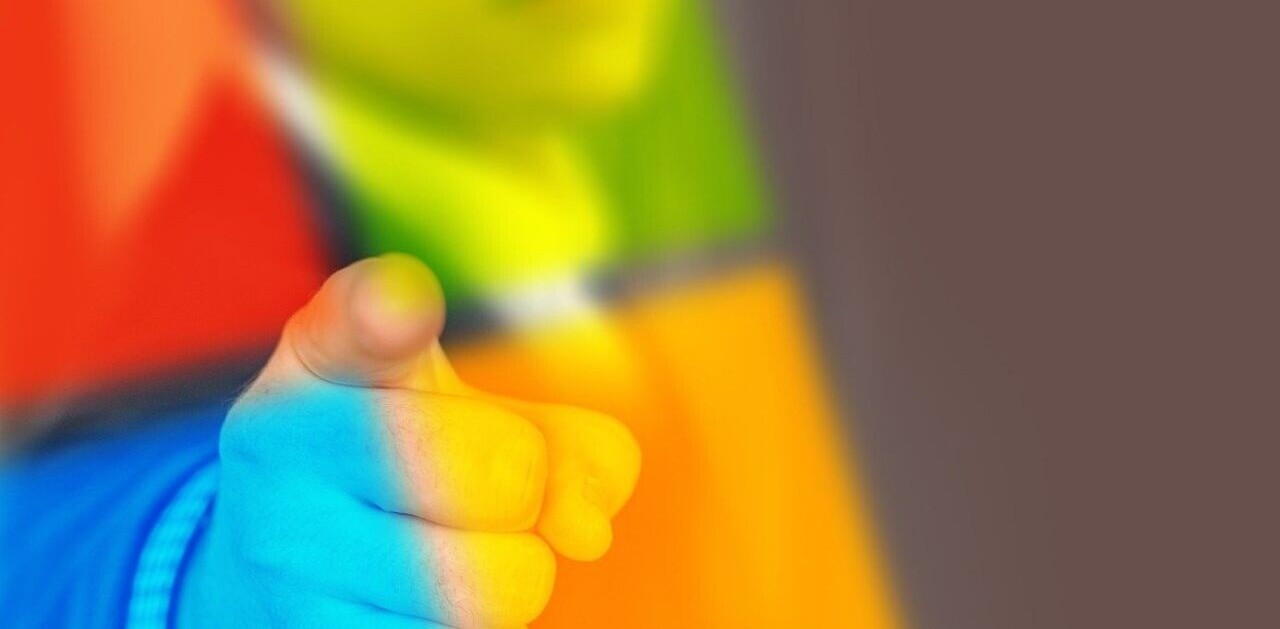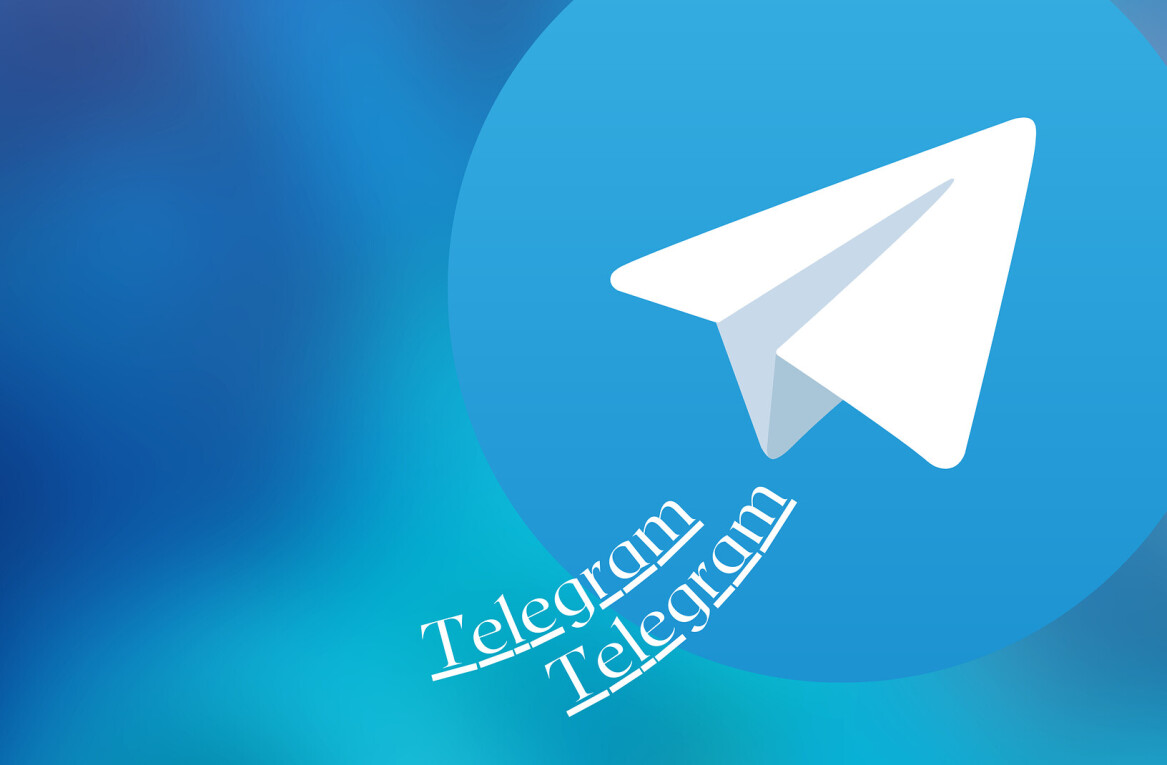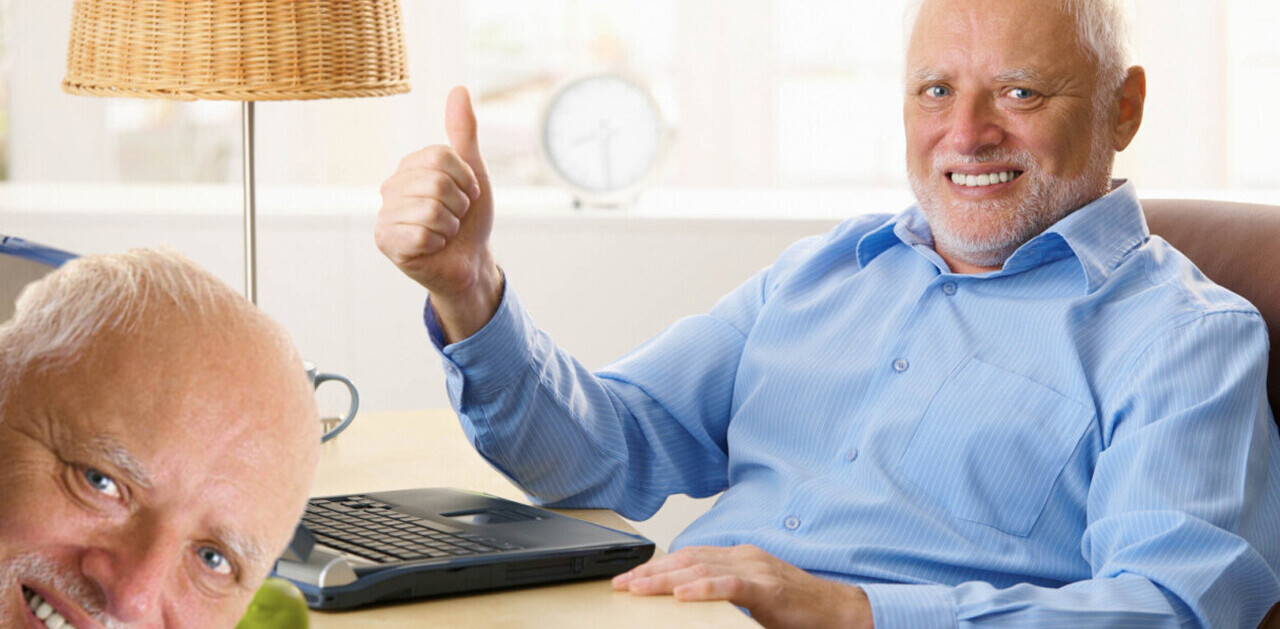
Before the pandemic started, the debate between open office proponents and haters was as hot as ever, with a new day and a new ‘study’ showing favorable results for rubbing elbows with colleagues. And the next day, one professing the evils of the incessant noise machine we’d created.
Little did we know we’d soon all be doing our own unintentional ‘experiment’ into the benefits and evils of working solo.
But now, after close to two years, offices in many parts of the world are asking employees to return to work. Needless to say, this is creating some tension between those who have been twiddling their thumbs of boredom at home and those of us who will be dragging our feet back to the noisy environs of the open office space.
One category of employees who have a lot to say about this are the creatives. Some of the most famous artists, writers, and musicians in history relied on quiet and solitude to get their best work done, so how has this experience been for the designers, video editors, and office creatives of today?
In a joint study by The Drum and Adobe, titled Creativity, collaboration, and culture: the impact of working from home on marketers and marketing, 47% of creatives believe the quality of creative work has improved due to working from home. But the same amount disagreed. While only 16% felt they couldn’t work effectively from home, around 56% expect to work mostly from home in the future.
So is time alone actually better for creativity? Should we drag our creatives kicking and screaming back to the office?
Let’s dive into a few things we’ve found out about creative work:
People who prefer time alone are often more creative
Although famous writers and artists from Thoreau to Walden created some of their most famous works while in solitude, there’s still a lot of stigma facing people who prefer to spend time alone, especially in the workplace.
But, according to this University of Buffalo study, social withdrawal is positively correlated with creativity — as long as the reason for withdrawal isn’t linked to fear (shyness or avoidance).
“Over the years, unsociability has been characterized as a relatively benign form of social withdrawal. But, with the new findings linking it to creativity, we think unsociability may be better characterized as a potentially beneficial form of social withdrawal,” noted Julie Bowker, associate professor of psychology at the University of Buffalo.
Ester Buchholz, author of The Call of Solitude, notes that alone time is fuel for life.
“Life’s creative solutions require alone time. Solitude is required for the unconscious to process and unravel problems. Others inspire us, information feeds us, practice improves our performance, but we need quiet time to figure things out, to emerge with new discoveries, to unearth original answers,” notes Buchholz.
According to the Adobe study, 74% of respondents said that their company’s creative output
hadn’t suffered as a result of working from home. If some employees prefer working from home, why not let them? It also helps creatives avoid unwanted distractions.
Context shifting is the enemy of deep work
You know when you’re trying to reach a tight deadline and Larry from sales asks you to draw up just a tiny, small wireframe for a desperate client? (Dammit Larry) Once you finally reconnect with your original task, it’s time for a team meeting (joy). In the end, what could’ve taken you two hours of focused work drags on for eight hours of switching between the task at hand and random distractions being thrown at you.
Cal Newport, a proponent of focused work and author of Deep Work, has a term for this — attention residue.
“Every time you switch your attention from one target to another and then back again, there’s a cost. If you constantly make ‘quick checks’ of various devices and inboxes, you essentially keep yourself in a state of persistent attention residue, which is a terrible idea if you’re someone who uses your brain to make a living,” believes Newport.
Creatives who worked from home experienced less of this. As a consequence, they were able to increase their output. According to The Drum and Adobe study, a whopping 67% of respondents reported fewer interruptions to their work when at home.
Creative work is not linear
According to the study, “For creative people, in particular, their work is not linear, so having the extra headspace and different sources of inspiration has had a positive impact on their creative output and quality of work.”
Scientific research has shown that you’re more likely to have creative flashes when you’re in the shower or doing something monotonous.
The TL;DR version is that while you’re in the midst of a problem, your prefrontal cortex region (part of the brain associated with decisions, goals, and behavior) is engaged, and you have the “default mode network” of your brain switched off. But when doing monotonous activities, your prefrontal cortex is relaxed as you’re on autopilot mode. Your brain goes into a ‘wandering’ mode, making creative connections that your conscious mind wouldn’t have come up with otherwise.
In a panel discussion titled ‘Creatives reveal their ‘New Era Resolutions,’ UK-based Jennifer Hayashi, associate design director at We Are Social, noted that less time spent in the confines of the office had helped her work creatively.
“I love roller skating, and I get a lot of my ideas there. During my commute, I could come up with ideas as well, but now I have different inspirations during the day which I didn’t have before, which has been mindblowing,” noted Hayashi.
Creativity can’t be fixed to a 9 to 5 schedule
But these random flashes of creativity don’t always happen during the standard working hours. According to John Mitchell, co-founder, and chief culture officer at Good Culture, bosses trying to mandate presenteeism and control employees’ time are demotivating.
“With the pandemic, there was a lost sense of control with managing people’s time. It turned out as long as they delivered the results, it doesn’t matter how people managed their time. This gave people the autonomy and freedom to be more invested in the culture and the business,” noted Mitchell.
There is a reason for taking the shackles off the fixed working hours in favor of creativity. According to Scott Barry Kaufman and Carolyn Gregoire, authors of Wired to Create: Unraveling the Mysteries of the Creative Mind, creative people work best when they work the hours that work best for them.
“No matter when it is, individuals with high creative output will often figure out what time it is that their minds start firing up and structure their days accordingly,” notes Gregoire. Let your creatives be free to decide their schedule as long as they’re on track with work.
But team brainstorming can be fruitful in other ways
We all dread sitting in meetings that drag on for hours. Before the pandemic, this survey pointed out how 67% of employees felt meetings distracted them from doing their actual work. There was no way to avoid that in an office setup. Some have continued with that mindset using Zoom or Teams to “check-in” constantly, much to the annoyance of employees.
But, when it comes to solving tricky issues, bouncing ideas off of colleagues can not only bring new perspectives, but also help strengthen the connection between team members — something that’s been sorely lacking for many during the pandemic.
According to this study by Northern Illinois University: “[Brainstorming] can be used to simply build cohesiveness, which in turn can lessen employee turnover and increase employee commitment,” said David Henningsen, one of the study’s authors. One aspect studied by the authors was ‘piggybacking — building on the ideas of others.’ The study found that team cohesiveness was influenced by increased instances of piggybacking.
The trick for managers here is to find a balance with individual team members between time alone and time with the team and, when brainstorms do happen, making sure everyone feels included.
One of the panelists on Creatives reveal their ‘New Era Resolutions,’ Alice Watkinson, senior creative at Innocent Drinks, noted that organizations have to be structured and prepared to help introverts.
“For introverts, working remotely opens a lot of things. But when you have a lot of people on the call, and you want them to share their ideas and inputs, it’s quite intimidating for introverts to do that on the screen. So we’ve tried to see how we can open that up for everyone, whether it’s via chat or opening up the whiteboard,” noted Watkinson.
An introvert may have great ideas but in a face-to-face context, they may feel intimidated to share them. However, with online collaboration tools such as Slack, Discord, and whiteboards, where communication is text-based, introverts can be more assertive with their ideas. It’s up to the organizations to ensure the right tools and processes are in place to ensure a smooth communication channel.
So should we make our creatives come back to the office or should we continue the remote life?
According to Bart Van de Wiele, the principal solutions consultant at Adobe:
The future is a hybrid system. An office that’s good enough, comfortable enough, fun enough to work in, and to do your best work. And then, if you do decide to work from home, make sure you’ve got the best tools available for proper online collaboration, asset sharing, etc., so you don’t lower the quality of the work simply because you’re not physically in the office. No one should be able to notice that.
Technology has been crucial in the transformation of work from the office to work from home. However, the study also found that, while many marketers were happy to work from home, around 53% felt that it made collaboration harder. Among creatives, this figure rose to 70%.
It’s clear that hybrid working structures that take individuals’ creativity preferences into account will be the way forward. Whatever form your new work structure takes, you need to have the right processes and tech in place so that everyone’s on the same page, wherever they’re working.
Get the TNW newsletter
Get the most important tech news in your inbox each week.





